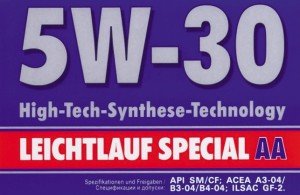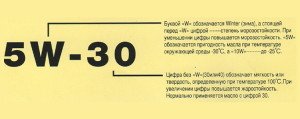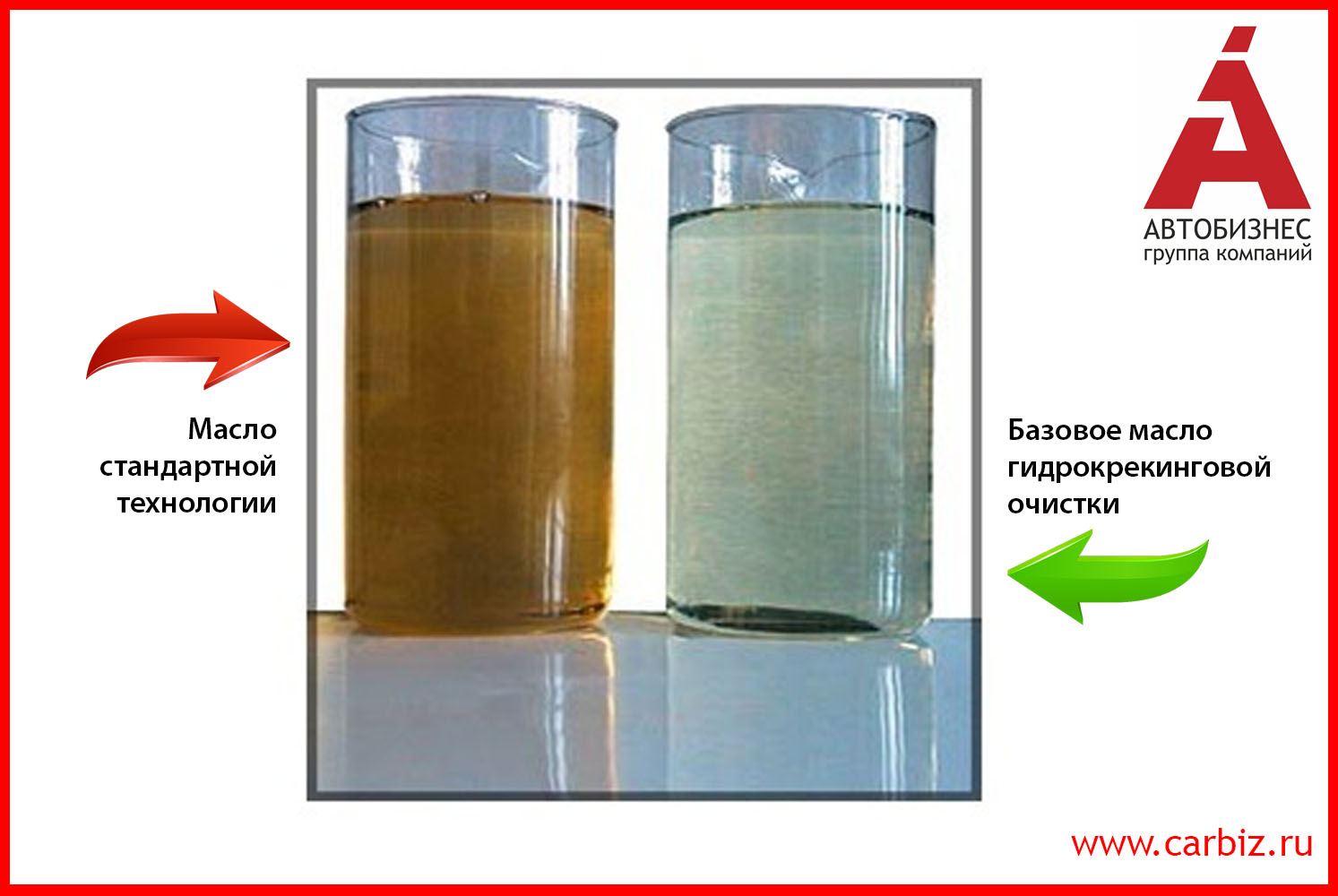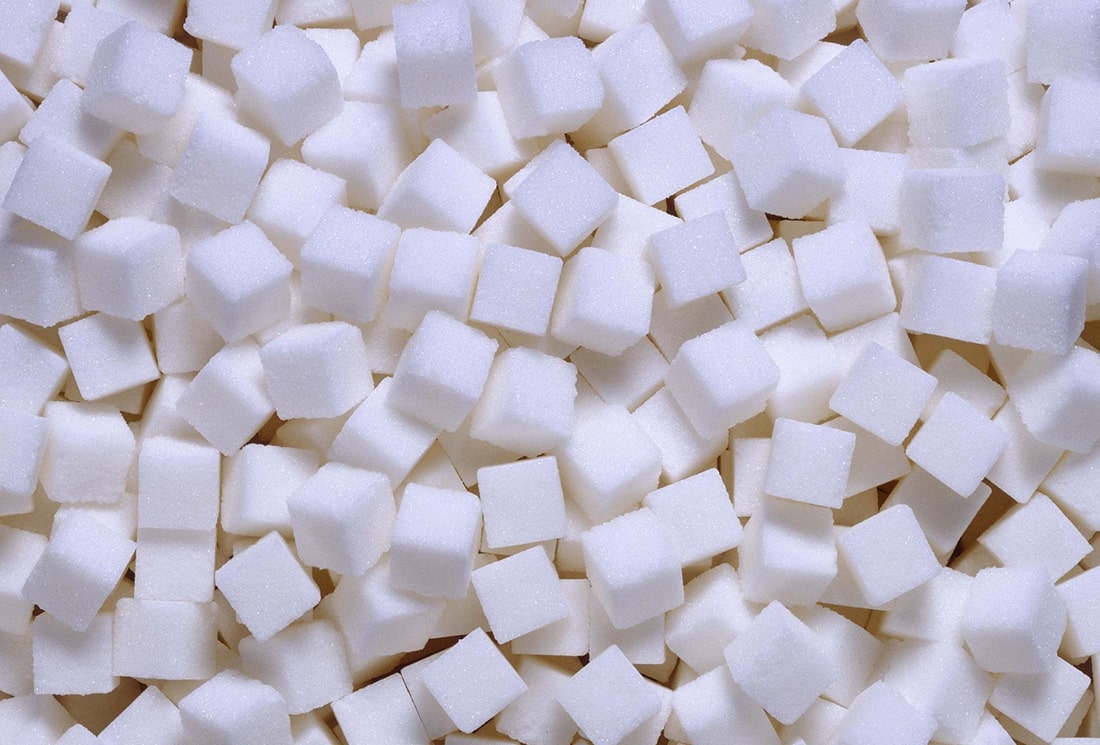
Labeling of motor oils - secrets of designations
Content
The huge amount of engine oils that the market offers can completely confuse a novice driver. However, in all this diversity, there is a system that will help you decide on a purchase. So, the marking of oils - we study and choose.
Content
- 1 The basis of the marking is the viscosity coefficient
- 2 Synthetic vs. Mineral - Which Is Better?
- 3 What does marking mean - decoding of engine oil
The basis of the marking is the viscosity coefficient
Motor oils available to all motorists can be divided into two main groups: synthetic and mineral. Before delving into the details, let's talk about the most important characteristic, which is directly indicated in the marking - about the viscosity coefficient. This characteristic is considered one of the most important.

The coefficient is determined by the temperature limit and the mechanical operation of the engine. At low ambient temperatures, the viscosity should not be less than the permissible line required to start the engine - the heart of the car needs to start easily and smoothly, and the oil pump needs to circulate easily through the system. At high temperatures, the viscosity coefficient should also not exceed the indicator indicated in the car's service book - the oil forms a film on the parts that protects the elements from wear.

If the viscosity is too low (liquid oil), the car will go to the repair shop faster due to wear. If this indicator is too large (too thick), then there will be more resistance inside the engine, fuel consumption will increase and power will decrease. When selecting oil, there are no uniform recommendations for all. The car owner needs to take into account the climate of the region in which the car is located, the vehicle's mileage and the condition of the engine.
Synthetic vs. Mineral - Which Is Better?
The chemical characteristics of mineral oil are very dependent on temperature and other weather conditions, therefore, they require the addition of additives to their composition. Their viscosity index directly depends on high mechanical and thermal loads. The properties of synthetic oil are not so tied to temperature conditions - this indicator is associated with chemical synthesis, which stabilizes the properties of the composition.
This gives it the ability to be liquid in the cold and thick in the summer heat, as indicated by the marking of the synthetic motor oil.


Due to the flexible viscosity coefficient, synthetic compounds wear out parts less, burn better and leave behind a minimum of various deposits. Despite all these qualities, synthetic oils should be changed at the same frequency as mineral oils. "By eye" a good oil is determined after a long-term operation of the engine - if it darkens during operation, this means that the composition washed the engine parts well, preventing wear of the parts.


There is also a third type - semi-synthetic oil. Most often, it is used for cars that have fallen into the transition period between the introduction of synthetic compounds instead of mineral ones. Semi-synthetic ones are quite popular among motorists, since they do not depend on seasonal temperatures.


Watch this video on YouTube
What does marking mean - decoding of engine oil
There are several types of labeling, each with its own history and market share. Deciphering all abbreviations and designations for marking engine oils will allow the driver to easily navigate the choice.
- SAE is a classification adopted by the American Society of Automotive Engineers. SAE engine oils are the market leader.
- API - classification of the American Petroleum Institute, differs in the principle of separating oils into two categories depending on the type of engine.
- ACEA is a type of marking introduced by the European Association of Automobile Manufacturers in 1996. Based on European test methods, but also uses recognized methods from the two previous classifications.
So, in order. If you see designations from SAE 0W to SAE 20W, then in your hands the oil is strictly for the winter run - the letter W means "winter", which translates as "winter". It has a lower viscosity index. If only one number is indicated in the marking, without additional letters (from SAE 20 to SAE 60), you have a classic summer composition intended only for the warm season. As you can see, the viscosity coefficient of such SAE compounds is an order of magnitude higher than that of winter ones.


SAE semi-synthetic compounds have two numbers in the marking at once - for the winter and for the summer seasons. For example, for engines that have a long service life, an oil like SAE 15W-40, SAE 20W-40 is best suited. These numbers very well characterize the viscosity of the oil and allow you to choose the optimal one for each engine separately. You should not experiment with replacing one type of SAE oil with another, especially for lovers of semi-synthetic oils. This can lead to very disastrous consequences, such as rapid engine wear and loss of important mechanical characteristics.
Let's move on to API standards. According to the requirements of the Association, manufacturers produce formulations separately for gasoline engine types with the letter designation S, and separately for diesel engines, designated by the letter C. especially difficult conditions. Today the Association issues licenses only for production not lower than the SH category.
Diesel oils have 11 subcategories from CA to CH. Licenses are issued for the production of compositions not lower than CF quality. In diesel subgroups, a number is also found in the marking, which indicates the engine stroke. For example, for two-stroke engines there are CD-II, CF-2 oils, for four-stroke engines - CF-4, CG-4, CH-4.


The European ACEA classification divides oils into three categories:
- for gasoline engines, are marked "A";
- for diesel types of passenger car engines, marked "B";
- for diesel engine types of trucks, marked "E".
It is believed that oils of this classification are designed for a longer engine mileage. They also save fuel consumption. They are especially recommended for engines of new cars. Oils marked A1, A5, B1, B5 are more energy-efficient, A2, A3, B2, B3, B4 are common.


Watch this video on YouTube
This means that flushing was not originally intended for long-term use, as internal parts wear out a lot even at idle. If you increase the speed or even worse, drive with flushing poured into the engine, wear will be even worse, regardless of the basis of such oil. If synthetic-based engine oil is superior in many respects to mineral water, then this is not the case with flushing. Therefore, there is no particular point in overpaying and buying synthetic flushing.
In many car services, they actively offer to flush the engine in addition to changing the oil. Moreover, for this can be used, including the so-called "five minutes", which are added to the motor. But before you spend extra money on such a service, it should be borne in mind that the procedure is not necessary in all cases.
If the power plant operates smoothly, without extraneous sounds, and after draining the mining there are no obvious traces of contamination and foreign inclusions, and if fresh oil of the same brand and the same type is poured in, then flushing is not needed. In addition, if the car is serviced according to the regulations and high-quality fuels and lubricants are used, then there is no point in buying flushing oil either, it is enough to change the oil a couple of times ahead of schedule by 3-4 thousand kilometers.
It is better to buy washing in specialized stores, since among these goods there are a lot of counterfeit products, especially when it comes to products from well-known manufacturers. For domestic cars, the best choice would be flushing oil from Lukoil or Rosneft. This is quite enough, inexpensive oil, and if everything is done according to the instructions, then there will be no problems.

